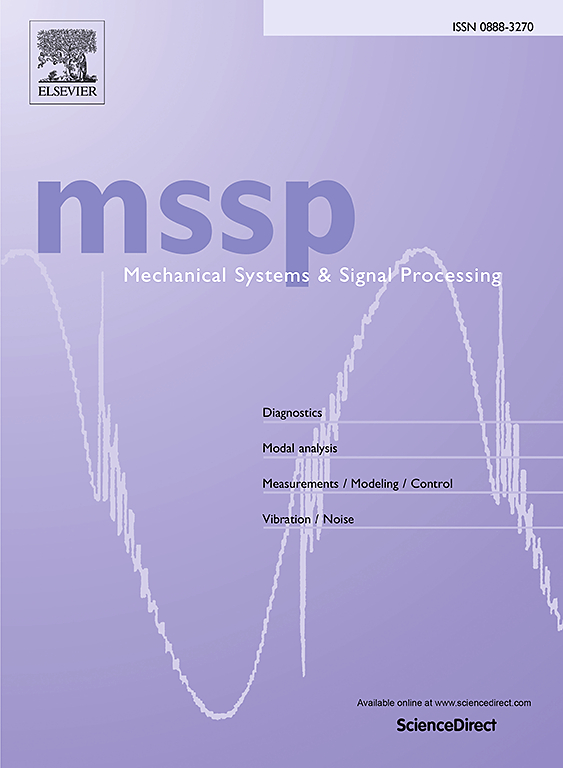数控机床直驱转轴传动系统热误差机理模型及瞬态热特性分析
IF 7.9
1区 工程技术
Q1 ENGINEERING, MECHANICAL
引用次数: 0
摘要
直驱转轴是精密五轴机床的重要部件,其瞬态热特性对提高加工精度至关重要。本文提出了一种基于热传导和热弹性理论的直驱转轴传动系统热误差机理建模方法。与传统的建模方法不同,这里的温度场和热变形都是机理模型。首先将旋转轴运动部件简化为等效的空心圆柱体,并基于变量分离和特征函数展开法建立了加热和冷却瞬态温度场的机理模型。然后,基于直驱轴热源和边界条件围绕中心轴近似对称的特点,建立了基于热弹性势的传动系统热误差机理模型。该模型根据温升和干扰压应力计算热误差。实验和仿真结果验证了该机制模型在实时预测实际温度变化和旋转轴热误差方面的准确性。这项工作为数控机床转台和主轴等直接驱动旋转部件的热误差主动控制或补偿奠定了基础。本文章由计算机程序翻译,如有差异,请以英文原文为准。

Thermal error mechanism model and transient thermal characteristics analysis of direct-drive rotary axis transmission system of CNC machine tools
The direct-drive rotary axis is an important component of precision five-axis machine tools, and its transient thermal characteristics are crucial in improving machining accuracy. This study proposed a direct-drive rotary axis transmission system thermal error mechanism modelling method based on the theory of heat conduction and thermoelasticity. In contrast to traditional modelling methods, both the temperature field and thermal deformation are also mechanism models here. We first simplify the rotary axis moving parts into equivalent hollow cylinders and develop a mechanism model of the heating and cooling transient temperature field based on variable separation and eigenfunction expansion method. Then, based on the features that the direct-drive axis heat source and boundary conditions are approximately symmetrical about the central axis, a thermoelastic potential-based transmission system thermal error mechanism model is established. According to temperature rise and interference compressive stress, this model calculates thermal error. Both experimental and simulation results validate the accuracy of the proposed mechanism model in predicting actual temperature changes along with thermal error of the rotary axis in real time. This work lays the groundwork for active control or compensation of thermal errors in direct-drive rotating parts such as CNC machine tool turntables and spindles.
求助全文
通过发布文献求助,成功后即可免费获取论文全文。
去求助
来源期刊

Mechanical Systems and Signal Processing
工程技术-工程:机械
CiteScore
14.80
自引率
13.10%
发文量
1183
审稿时长
5.4 months
期刊介绍:
Journal Name: Mechanical Systems and Signal Processing (MSSP)
Interdisciplinary Focus:
Mechanical, Aerospace, and Civil Engineering
Purpose:Reporting scientific advancements of the highest quality
Arising from new techniques in sensing, instrumentation, signal processing, modelling, and control of dynamic systems
 求助内容:
求助内容: 应助结果提醒方式:
应助结果提醒方式:


